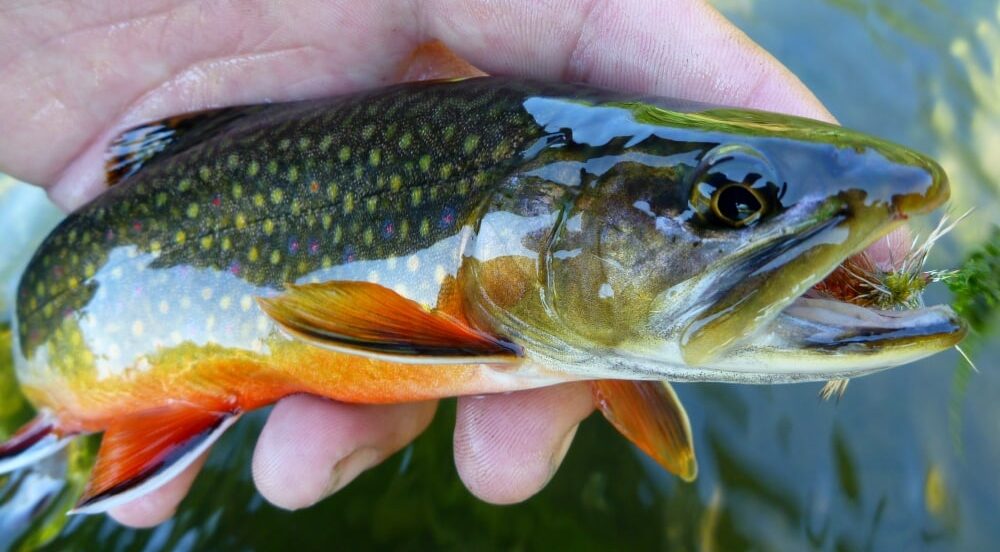2024 | Valley Stewardship Network, Coon Creek & Neighboring Watersheds
VSN has supported the Coon Creek Community Watershed Council by helping develop a 9 Key Element Watershed Plan and advancing farmer-led conservation efforts in the region. This work also includes leadership training, water quality monitoring, and expanded stewardship practices to protect Coon Creek and surrounding watersheds.
Read More2022 | Bridge to Soil Health
Land Stewardship Project’s Bridge to Soil Health program is scaling-up the number of crop & livestock farmers who are restoring soil and talking publicly about resulting financial and environmental benefits.
Read More2022 | Soil Regeneration
Farmers, Izaak Walton League, agencies and ag service providers are advancing farming systems to restore soil health in Minnesota, including education, events, forums, interviews, workshops, tours and demonstration plots.
Read More2022 | Le Sueur River Watershed
Farmers, UM-Mankato Water Resources Center and Waseca SWCD are advancing soil health and cover crop adoption in Le Sueur River Watershed including funds, mentoring and technical advice.
Read More2022 | Seven Mile Creek Watershed
Farmers, Great River Greening and Nicollet SWCD are hosting field days, community events, demonstrations and discussions to advance cover crops, crop rotation and data collection showing results of conservation practices.
Read More2012 | Rush/Pine Watershed
A 40-member farmer-led council, two sub-watershed groups, and cover crop program are addressing water quality and fish habitat issues.
Read More2013 | Engaging Landowners Workshops
Missouri Department of Conservation is leading landowner engagement workshops for federal/state/county/NGO staff in a five-state area.
Read More2014 | Rice Creek Watershed
Clean River Partners is facilitating three farmer-led projects (installation of two water management drainage structures, 300 acres strip-till, 200 acres cover crops) with integrated on-farm demos, meetings, tours and research.
Read More2014 | Mississippi Valley Conservancy, Kickapoo River Watershed
Multiple partners turned watershed data into action—engaging landowners, restoring habitat, and protecting over 14,000 acres in this Wisconsin watershed through sustainable, community-led conservation.
Read More
